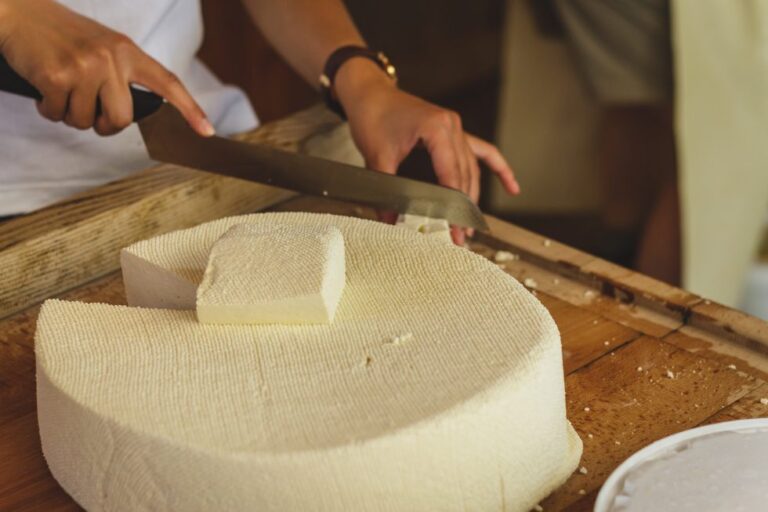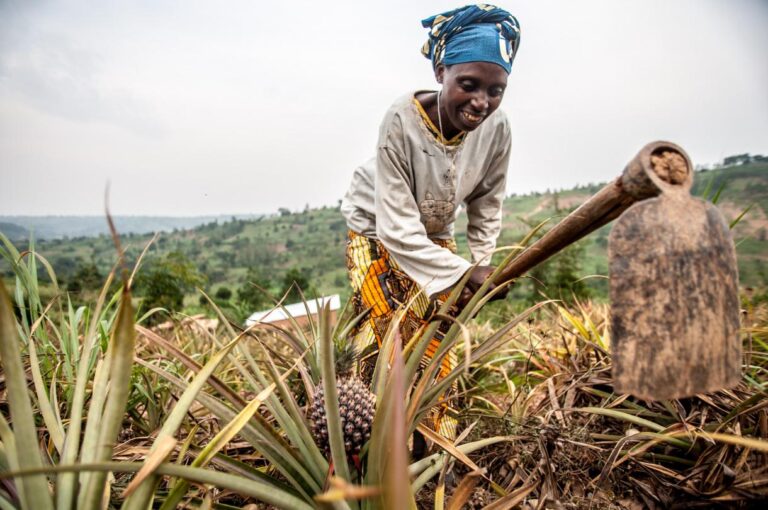Setting up a poultry proccessing plant
Introduction
This business plan outlines the establishment of a poultry processing plant in Africa. The plant will focus on processing poultry meat for local and regional markets, with a focus on providing high-quality, affordable, and healthy products to consumers. The project will require an initial investment of $2 million, which will be used to set up the plant, purchase equipment, and cover operating costs for the first year. The project is expected to generate revenue of 5 million in its first year, with a projected growth rate of 10% annually.

Market Analysis:
The demand for poultry meat is increasing in Africa due to population growth, urbanization, and changing dietary habits. Poultry is also an affordable and healthy source of protein, which makes it an attractive food option for many people. However, the poultry processing industry in Africa is underdeveloped, which creates an opportunity for a new player to enter the market.
The target market for the plant will be local and regional consumers, including households, restaurants, hotels, and supermarkets. The plant will offer a range of products, including whole chickens, chicken pieces, and processed chicken products such as sausages, burgers, and nuggets.
Marketing Strategy:
The marketing strategy will focus on building brand awareness and establishing the plant as a reliable supplier of high-quality and healthy poultry products. The company will use both traditional and digital marketing channels to reach potential customers. The company will also establish relationships with distributors and retailers to ensure that the products are available in local markets.
Operations:
The plant will be located in an industrial area with easy access to transportation and utilities. The facility will have a processing capacity of 10,000 birds per day. The processing line will include equipment for slaughtering, eviscerating, chilling, and packaging. The plant will also have a quality control department to ensure that the products meet the highest standards.
Management:
The management team will include experienced professionals in the areas of poultry production, processing, and marketing. The team will be responsible for managing the day-to-day operations of the plant, as well as developing and executing the marketing and sales strategy.
Financial Projections:
The total investment required to set up the plant is estimated at $2 million. The funds will be used to purchase equipment, set up the plant, cover operating costs, and provide working capital. The project is expected to generate revenue of 5 million in its first year, with a gross profit margin of 25%. The operating expenses are estimated at 2million, which includes the cost of raw materials, labor, utilities, and marketing. The net profit in the first year is projected to be 500,000.
The project is expected to achieve a return on investment (ROI) of 25% in the first year and a growth rate of 10% annually. The project will be financed kthrough a combination of equity and debt financing, with the equity investors receiving a 60% ownership stake and the debt financing covering the remaining 40%.
Conclusion:
The poultry processing plant is a promising business opportunity in Africa. With a growing demand for poultry meat and an underdeveloped processing industry, there is a significant opportunity for a new player to enter the market. The project requires a significant investment, but the financial projections indicate that it has the potential to be a profitable venture. The success of the project will depend on the quality of the products, the effectiveness of the marketing strategy, and the ability of the management team to execute the business plan.
Here is an example of a Profit and Loss (P&L) statement table for the poultry processing plant for three years:
| Profit and Loss Statement (in USD) | Year 1 | Year 2 | Year 3 |
| Revenue | 5,000,000 | 5,500,000 | 6,050,000 |
| Cost of Goods Sold | 3,750,000 | 4,125,000 | 4,537,500 |
| Gross Profit | 1,250,000 | 1,375,000 | 1,512,500 |
| Operating Expenses | |||
| Labor | 600,000 | 660,000 | 726,000 |
| Rent | 150,000 | 165,000 | 181,500 |
| Utilities | 100,000 | 110,000 | 121,000 |
| Marketing and Advertising | 200,000 | 220,000 | 242,000 |
| Depreciation | 100,000 | 100,000 | 100,000 |
| Total Operating Expenses | 1,150,000 | 1,255,000 | 1,370,500 |
| Net Profit | 100,000 | 120,000 | 142,000 |
Note that the P&L statement assumes a constant gross profit margin of 25% and a constant growth rate of 10% annually. The operating expenses include labor, rent, utilities, marketing, and depreciation. Depreciation represents the annual cost of the plant and equipment, which are depreciated over their useful life. The net profit is calculated by subtracting the total operating expenses from the gross profit. The P&L statement shows that the poultry processing plant is
Load failed to be profitable in all three years of operation, with increasing net profits as revenue grow







